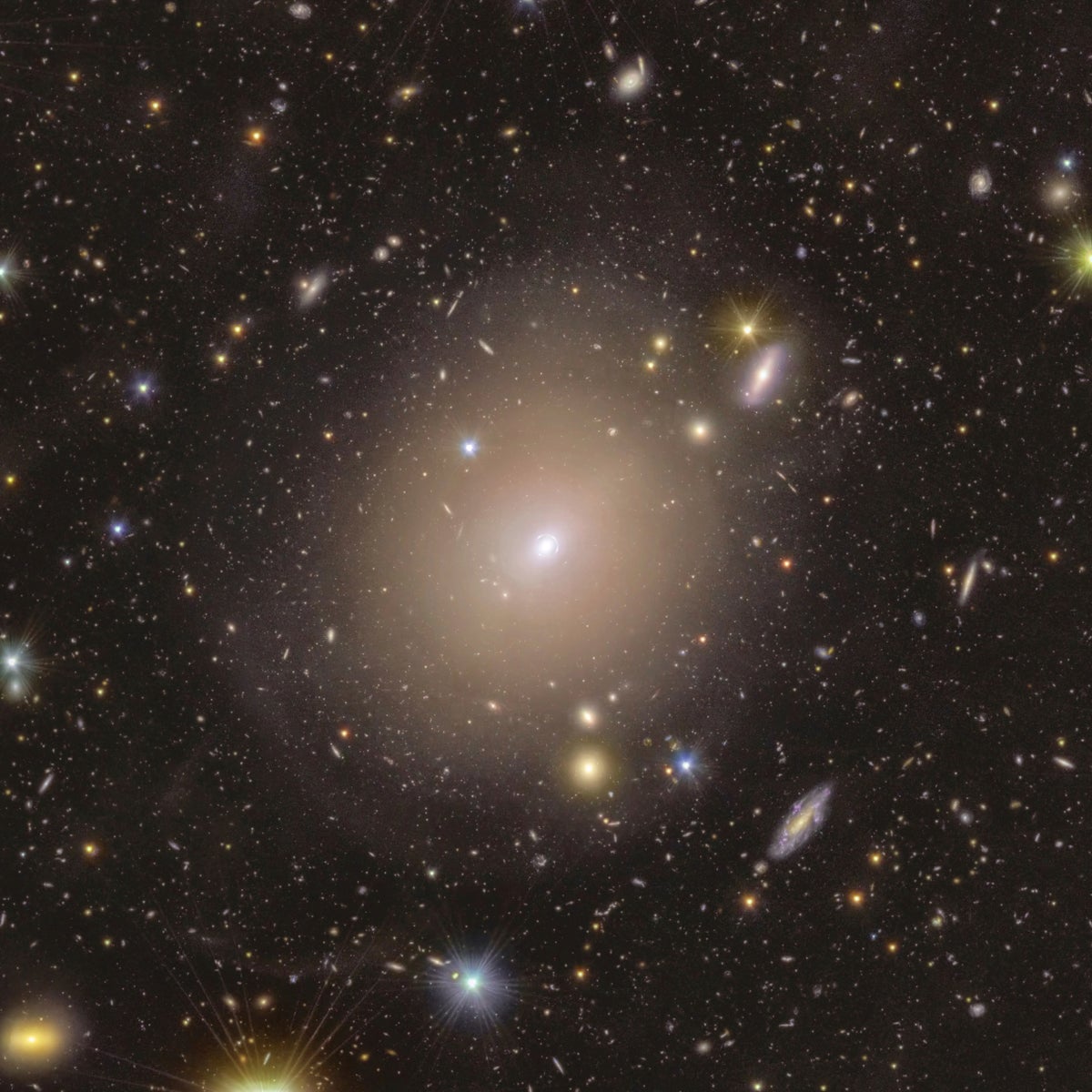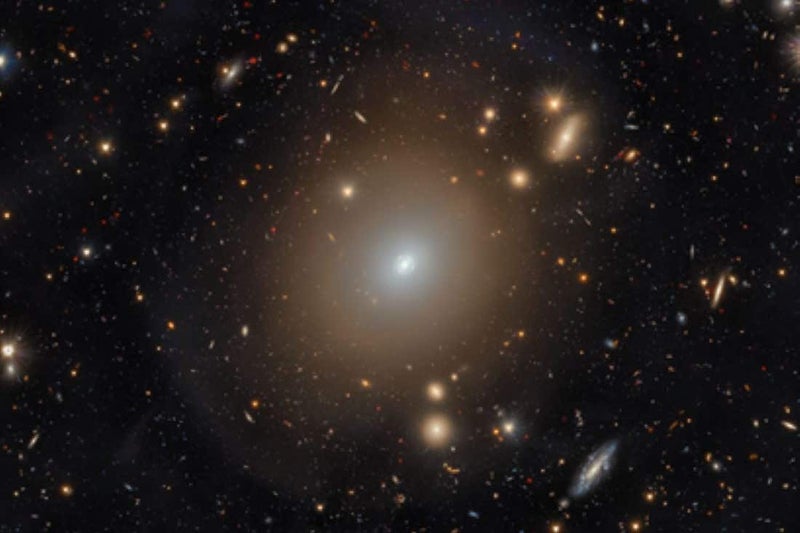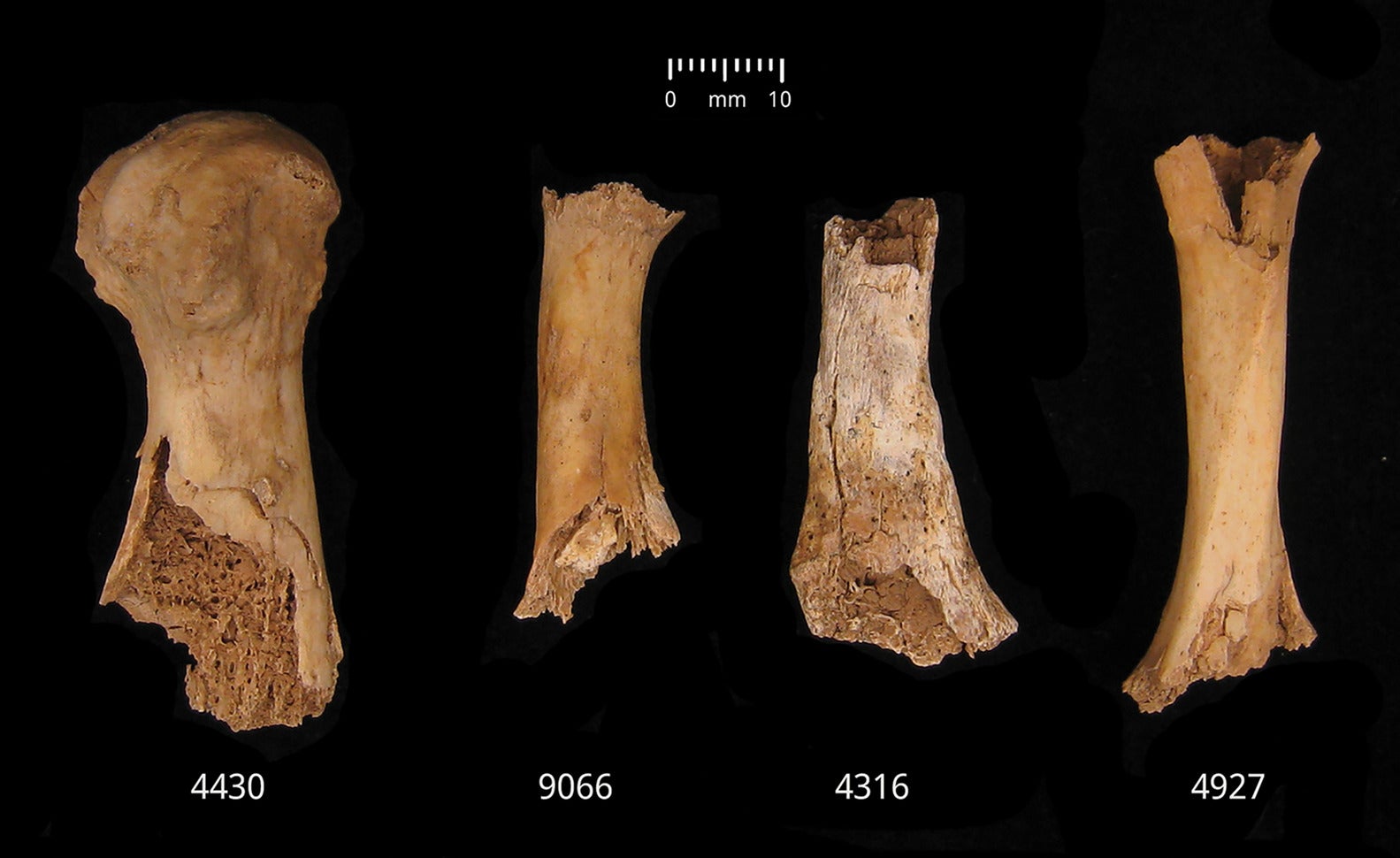A POWERFUL telescope floating in space has discovered an extremely rare Einstein ring of light around a nearby galaxy. The Euclid telescope, from the European Space Agency, captured images of the light halo surrounding galaxy NGC 6505 roughly 500 million light-years away. The ring of light is coming from another, faraway galaxy 4.42 billion light-years away, that is positioned nearly perfectly behind NGC 6505.
![[Einstein ring around the nucleus of the NGC 6505 galaxy.]](https://www.thesun.co.uk/wp-content/uploads/2025/02/6505-galaxy-bright-einstein-ring-970702630.jpg?strip=all&w=200)
The images, published today in the journal Astronomy and Astrophysics, show starlight from the further galaxy being distorted by the gravity of NGC 6505. “This is a beautiful, extraordinary, thrilling and lucky find in our first data,” said Professor Stephen Serjeant, an astronomer at the Open University. “An Einstein ring as perfect as this is extremely rare. We get to see a background galaxy through the warped space and time of a very nearby foreground galaxy.”.
![[Illustration of gravitational lensing creating an Einstein ring.]](https://www.thesun.co.uk/wp-content/uploads/2025/02/observe-distant-galaxy-telescope-light-970783461.jpg?strip=all&w=768)
Albert Einstein’s general theory of relativity predicted that light will bend around massive objects in space, meaning galaxies can act as giant lenses. Einstein rings are a powerful tool for astronomers because they reveal objects that would otherwise be obscured from view. In this instance, scientists can see a distant galaxy that has never been observed before, and would otherwise be hidden if it were not for this ring of light.
![[Black and white photo of Albert Einstein arriving in New York.]](https://www.thesun.co.uk/wp-content/uploads/2025/02/changing-original-plans-leaving-belgenland-970782358.jpg?strip=all&w=960)
Professor Thomas Collett, from the University of Portsmouth’s Institute of Cosmology and Gravitation, said: “This lens is particularly special because it’s in our cosmic backyard: a ‘mere’ 500 million light-years away. “In fact, it’s so close that astronomers first observed the galaxy in the 1880s, but only with the resolving power of Euclid can we now reveal that it’s a gravitational lens.
![[Einstein ring in galaxy NGC 6505, captured by ESA's Euclid telescope.]](https://www.thesun.co.uk/wp-content/uploads/2025/02/6505-captured-esas-euclid-telescope-970702661.jpg?strip=all&w=409)
“Nearby lenses are exciting because they allow us to test the validity of general relativity on astronomical scales.”. Although these bullseye-like rings can also suggest to astronomers an invisible mass in the form of dark matter. Scientists estimate that the galaxy closest to Earth, NGC 6505, is made up of around 11 per cent dark matter. This is a relatively small percentage given astronomers believe dark matter to comprise the overall mass content of the universe.






















